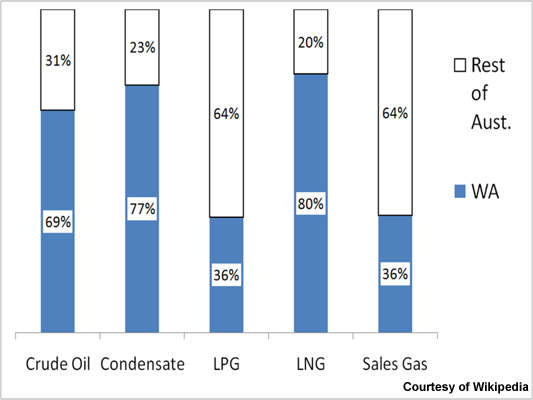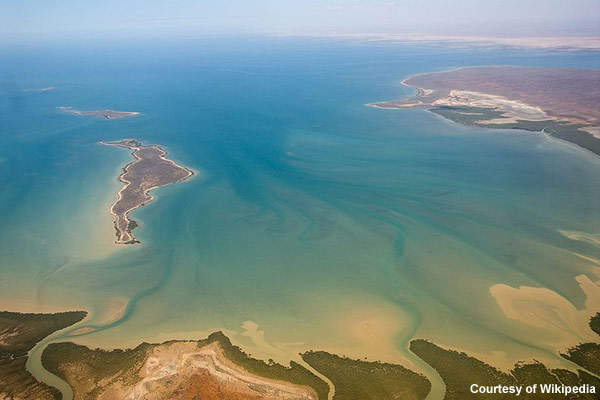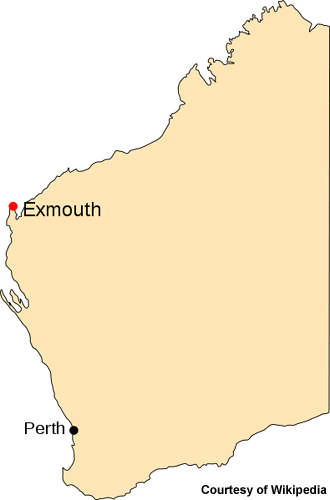The Pyrenees oil field is situated around 4km offshore Western Australia. The field is located in the Exmouth Sub-basin, an underwater oil province. The project comes under production license area WA-42-L, which is operated by BHP Billiton with a 71.43% share, while the remaining 28.57% is held by Apache Corporation.
The project includes three oil fields: Crosby, Ravensworth and Stickle. The fields are located in the retention lease WA-12-R. The fields were discovered in 2003 and range from 170m to 250m in depth. The fields have estimated reserves of between 80 and 120 million barrels of oil.
A portion of the Ravensworth field lies in production license WA-43-L, which is operated by BHP Billiton with 40% ownership.
This portion of the Ravensworth field will be developed separately. The co-owners of the WA-43-L include Apache Corporation (31.5%) and INPEX (28.5%).
Pyrenees FPSO
The floating production, storage and offloading (FPSO) vessel for the project is operated by MODEC, which in 2007 was given an engineering and procurement contract, along with an operation and maintenance contract for 15 years. The FPSO, a converted Suezmax tanker, is a double-hulled vessel and has a SOFEC disconnectable internal turret mooring system. It lies at a water depth of 200m.
First oil from the production platform started in March 2010. The gas produced will be re-injected, for further recovery, into the reservoir of the Macedon gas field located close to the Pyrenees field.
Field development
The field development was approved in 2007. The field has been developed through well drilling tied to the Pyrenees FPSO through an extensive gathering system. Water injection was incorporated to enhance oil recovery.
The field development consists of 13 subsea wells tied to the Pyrenees FPSO over the Crosby, Ravensworth and Stickle fields.
The 13 subsea wells are connected through flowlines to seven subsea manifolds. Of the 13 wells, nine are horizontal producing wells, three are vertical water disposal wells and one is a vertical gas disposal well.
Drilling
The lease for WA-12-R was received in 1998. An exploration programme between July and October 2003 was carried out by the owners. During exploration, the Crosby-1 well found a gross oil column of 34.7m, with 29.4m of new pay in the lower Barrow Group Sandstone Reservoir.
A six-well drilling programme was carried out in 2004 and two explorations wells -Stickle-1 and Harrision-1 – were drilled. In addition, four appraisal wells – Crosby-2, Ravensworth-2, Stickle-2 and Stickle-3 – were drilled between May and July 2004.
Contracts
A contract to provide 13 subsea trees, manifolds and related equipment for the project was given to Cameron in July 2007. The work included engineering and project management services, wellhead and subsea tree systems, and a monitoring system. It also included various subsea manifolds along with associated flowline connection systems and related equipment. The contract was valued at $110m.
In December 2007, Cameron subcontracted Kencana Petroleum to provide engineering, procurement, fabrication and testing for seven subsea manifolds and mudmat foundations for the project.
Oceaneering International provided umbilicals and related subsea hardware for field development under a contract signed in July 2007.
In July 2007, a contract to supply flexible risers and flowlines along with related installation work for the project was given to Seastream, a joint venture between Sea Trucks and Wellstream International.
The installation work is planned to be done by Sea Trucks Group’s 120m Dynamic Position 3 pipelay crane vessel Jascon 25. The vessel has a total thruster power of 12,155kW and can lay rigid as well as flexible pipes. The vessel arrived in March 2009 and was ready for installation.
A contract for construction support was awarded to Neptune Marine in May 2009. The vessel was retrofitted with a mezzanine deck and a remotely operated vehicle spread.





